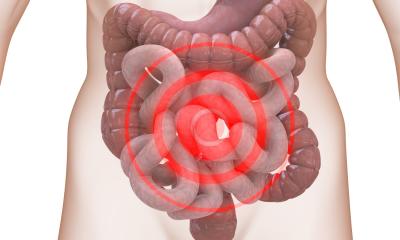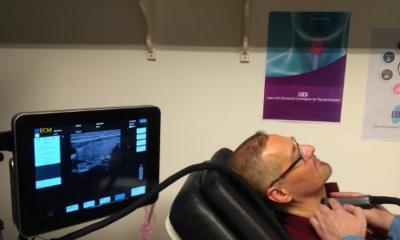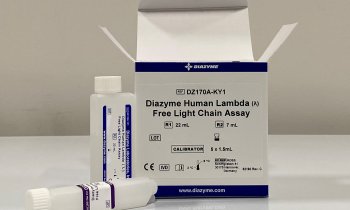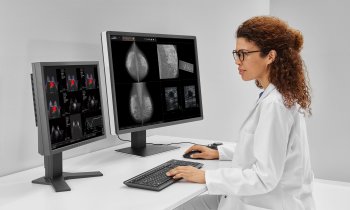GLINT project
Using sugar to detect cancer: a game changer for cancer screening
Cancer accounts for 13 percent of all deaths worldwide and despite recent medical improvements remains one of the most deadly diseases in the world. Early detection, usually through advanced medical imaging, is crucial as it increases the chances of survival and the potential for full recovery. The EU-funded project GlucoCEST Imaging of Neoplastic Tumours (GLINT) will develop an innovative technology for earlier, more reliable and less invasive cancer diagnosis based on magnetic resonance imaging (MRI).

Highly accurate diagnostic methods are urgently needed to enable personalised healthcare for effective cancer treatment. The GLINT project builds on recent research revealing the sensitivity of a technique named glucose-based chemical exchange saturation transfer (glucoCEST) to detect native glucose uptake in tumours. The method takes advantage of the fact that tumours need to consume a vast amount of glucose to grow. This means, cancer can be detected by measuring cellular glucose delivery, uptake and metabolism. Until now, these low concentrations of glucose could only be imaged in positron emission tomography (PET) using radio-labelled glucose. The new method developed in the GLINT project will be non-toxic as it does not rely on radiolabelled compounds. This will significantly reduce patient exposure to radiation and allow for closer monitoring of treatments.
“GLINT offers for the first time a possibility to bring to the clinics a much-touted new imaging technique, allowing to directly image by MRI native, non-labelled glucose the way PET does it using the expensive radio-labelled sugar analogue fluorodeoxyglucose (FDG). This represents among others a huge hope for paediatric patients and for everyone required to undergo continuous surveillance of cancer progression. It also carries the hope to reduce or at least significantly limit the costs of diagnostic cancer imaging,” says Prof. Xavier Golay from University College London (London, UK), Scientific Coordinator of GLINT and original inventor of the glucoCEST method.
The non-radioactive imaging of glucose metabolism through glucoCEST MRI will also open the field of metabolic imaging to a multitude of non-cancer diseases. “Next to glucose, also other metabolic products such as proteins can be imaged. The GLINT project will therefore help develop other MRI techniques, thereby increasing the potential applications of this important diagnostic tool,” comments Prof. Klaus Scheffler, Max Planck Institute for Biological Cybernetics in Tübingen.
The GLINT project has the potential to bring to the clinics a game-changing diagnostic tool for cancer imaging and beyond, while also significantly contributing to the sustainability of healthcare systems throughout Europe. Patients will clearly benefit from the more accurate, less invasive and radiation-free GLINT method for cancer assessment, leading to improved clinical decisions and outcomes.
Background
The GLINT project started on January 1, 2016 and, for a four-year period, brings together recognised organisations and industry partners from all over Europe:
University College London, UK (Scientific Coordinator); Tel Aviv University, Israel; University of Torino, Italy; Max Planck Society, Germany; University of Zurich, Switzerland; Olea Medical, France; Bracco Imaging, Italy; European Institute for Biomedical Imaging Research, Austria.
Source: European Institute for Biomedical Imaging Research
25.05.2016











